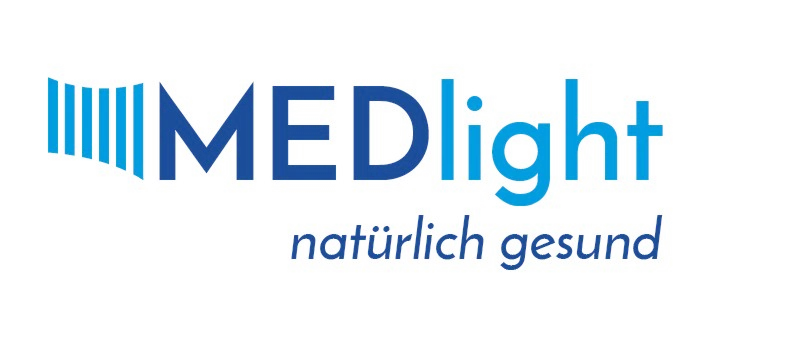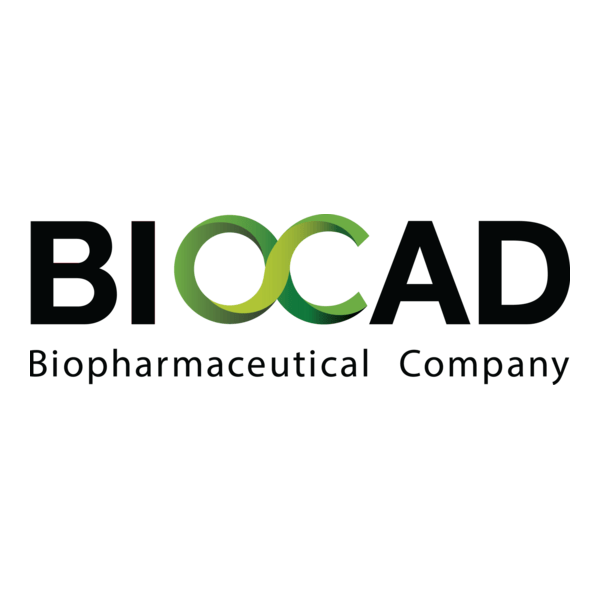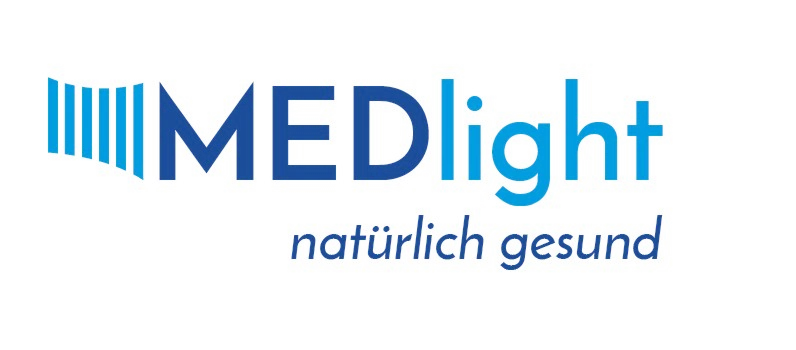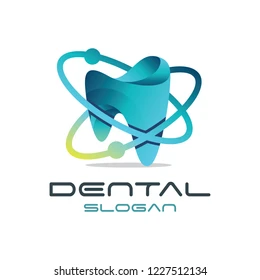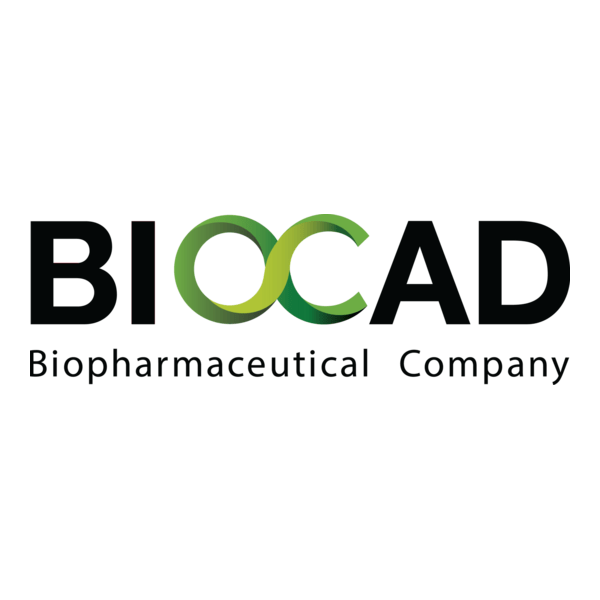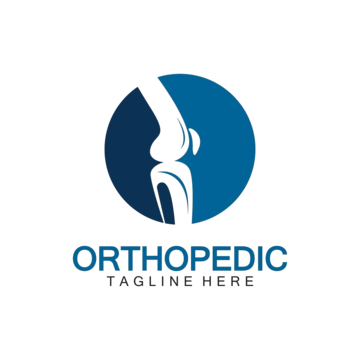Med3D Lite
Context
Med3D Lite is the reduced edition of the Med3D framework, aimed at education and light clinical tasks rather than full-scale production. While the main Med3D platform is used in research and advanced imaging, the Lite version narrows the focus to visualization and simple 3D model handling. Dental schools and smaller clinics often adopt it to explore 3D anatomy or to prepare case data before sending it to heavier CAD/CAM systems.
Its appeal lies in accessibility: the software runs on standard desktops, installs with minimal effort, and provides enough features for teaching or early-stage workflows. For administrators, it means a low-maintenance tool that can be deployed quickly across labs or classrooms without licensing hurdles.
Technical Profile (Table)
| Area | Details |
| Platforms | Windows, Linux |
| Backend | Built on lightweight 3D visualization libraries (C++/Python) |
| Dental use | Viewing, slicing, and preparing 3D meshes from scans |
| Inputs | STL, OBJ, PLY; some volume data in Lite-supported formats |
| Outputs | Images, screenshots, limited mesh exports |
| Functions | Basic 3D visualization, slicing planes, annotations |
| Networking | Standalone; files shared manually or via local network |
| Security | Local execution; OS-level security applies |
| Licensing | Free Lite edition; full features in commercial version |
| Maintenance | Low; periodic updates for compatibility |
| Users | Dental schools, teaching labs, small clinics |
Scenarios (Dental Use)
– A dental faculty uses Med3D Lite to let students explore 3D scans of jaws and teeth during pre-clinical training.
– A clinic opens STL files from intraoral scanners in Lite to check orientation before exporting to external labs.
– A research team employs the free version as a quick visualization tool during early case reviews.
Workflow (Admin View)
1. Install Med3D Lite on workstations (Windows/Linux).
2. Import 3D models from scanners or legacy archives.
3. Provide training for students or clinicians on slicing and annotation tools.
4. Configure shared folders for easier file distribution across lab PCs.
5. Keep software updated when new Lite builds are released.
Strengths / Weak Points
**Strengths**
– Free to use; easy to roll out in teaching environments.
– Works on ordinary PCs without GPU requirements.
– Simple interface, low learning curve.
– Useful for anatomy exploration and quick mesh checks.
**Weak Points**
– Lacks advanced CAD/CAM and prosthetic design tools.
– Mesh editing and export options limited in Lite.
– No compliance modules or encrypted storage.
– Not suited for production-grade dental workflows.
Why It Matters
Med3D Lite is not designed to compete with professional CAD or advanced imaging platforms. Instead, it serves as a stepping stone — a lightweight, accessible viewer that helps students, researchers, and small practices bring 3D data into their work. For administrators, it’s an easy win: fast deployment, low upkeep, and no license fees, making it a reliable option for educational or entry-level digital dentistry workflows.

